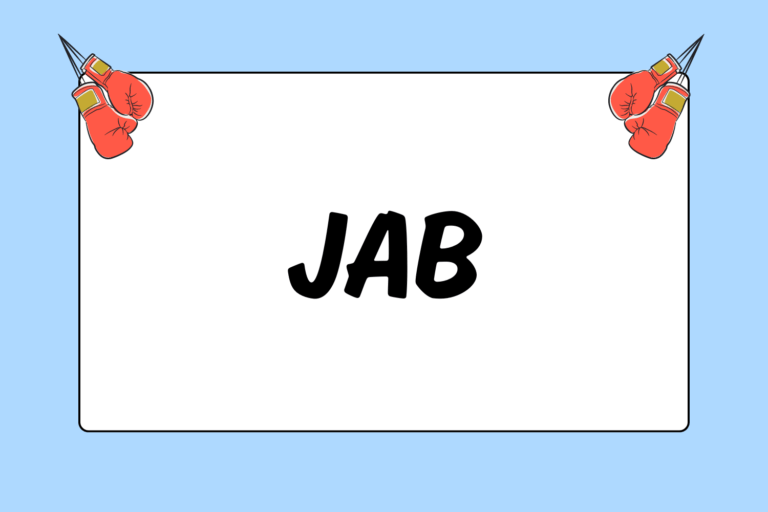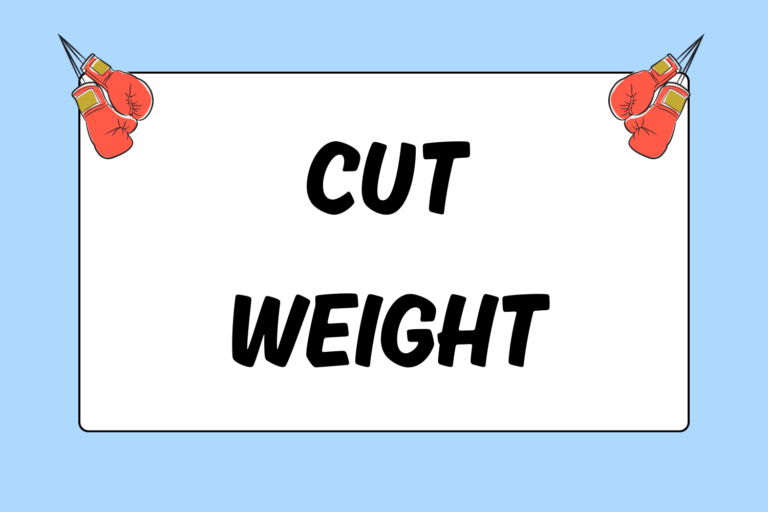Amateur boxing matches only last three or four rounds, so boxers have to get busy quickly in order to win. While scoring in professional bouts is somewhat subjective, the brevity of amateur bouts calls for a more succinct scoring system based solely on “clean punching.” Two main methods of scoring are currently in place at the amateur level, and this guide provides in-depth analysis on how these scoring systems work.
Awarding Points
Subjective scoring factors used at the professional level – such as effective aggressiveness – are accepted since matches are relatively lengthy and boxers have plenty of time to display their skills. Amateurs, on the other hand, only have three or four rounds to prove their might.
A high degree of subjectivity is not accepted at the amateur level due to the brevity of matches. Judges do not have enough time to weigh all aspects of each boxer’s game. Thus, judges score amateur matches purely on the factor known as “clean punching.”
A clean punch – also referred to as a “scoring blow” – is registered when a punch lands above an opponents’ belt or on the front/sides of the head or body. The punch must land with the knuckle portion of the glove, which is designated by a white stripe.
Scoring Systems
USA Boxing, the governing body for United States amateur boxing, follows one scoring system on the local/regional level and a different system on the national level. Both methods, however, use clean punching as the sole scoring component. The scoring system used on the national level mimics the AIBA’s (International Boxing Association) rules. AIBA governs bouts on the international level, and is used by the Olympic Committee to establish rules and regulations for boxing at the Olympic Games. Both methods used to score amateur boxing matches are described below.
Local USA Boxing Events
The scoring system at the local level is quite simple in nature. There are five ringside judges, all of whom have two tally counters. One tally counter records clean punches landed by the competitor from the Red Corner. The other tally counter registers punches landed by the competitor from the Blue Corner.
The tallied blows landed by each boxer are recorded at the end of each round, and all rounds are added up at the end of the bout. The boxer who lands more clean blows over the duration of the bout wins the match as long as three of the five judges are in agreement.
Fun Fact:
The original governing body of amateur boxing was founded in 1920 and was known as the “Federacion Internationale de Boxe Amateur (FIBA).” The name of the body was changed in 1946 to the “Association Internationale de Boxe Amateur (AIBA).”
USA Boxing National Level & AIBA
The scoring system used at the national and international level is slightly more complex than the system described above. At the national and international levels, judges use two electronic buttons. Each time a judge sees a clean punch, he pushes the button for the boxer who landed the blow. Three of the five judges must push their button within one second of the blow in order for the punch to be recorded as a scoring blow. When three of the five judges are in agreement, the boxer who landed the punch receives one point.
The scores for each boxer are visible throughout the bout and are tallied on a continuous basis throughout the match. The boxer with the most points at the end of the bout wins the match. If the scores are equal at the end of the bout, the judges vote on the winner by taking into consideration style and defense.
Referee Stopped Contest
“Standing Eight Counts” are common in amateur boxing. A standing eight count occurs when a boxer appears to have been stunned by a punch or series of punches. The referee sends the opposing boxer to a neutral corner and counts to eight while determining whether the stunned boxer is able to continue fighting. Standing eight counts do not count against a boxer’s score, but are used to ensure the safety of competitors.
The referee does have the power to stop a bout, though. Such a decision would be marked as a “Referee Stopped Contest” (RSC), and protects the boxer who appears to be taking punishment. Some types of RSC’s are:
- Referee Stopped Contest for Injury (RSC): Such a stoppage occurs when the referee feels a sustained injury does not allow a boxer to safely continue.
- Referee Stopped Contest Outclassed (RSCOC): This stoppage is the most common type of RSC. It occurs when one boxer simply appears to be taking excessive punishment.
- Referee Stopped Contest Headshots RSCH: Hard blows landed to the head of a competitor can result in such a ruling.
The governing bodies of amateur boxing design the rules to protect boxers. Conversely, bodies governing professional bouts do not use standing eight counts, and they allow boxers to receive more punishment prior to stopping a match. Also, amateur boxers wear protective headgear while professionals do not.
A referee can also rule a “no-contest” if something occurs outside of the boxers’ control, such as a lighting malfunction or damage to the ring. In this circumstance, neither boxer wins.
Fouls
When the referee gives a warning to a boxer for committing a foul – and the majority of the judges agree with the ruling – the boxer on the receiving end of the illegal blow receives two additional points. Under the tallying system, two clean blows are added to the fouled boxer’s score. Three cautions lead to a warning, and three warnings result in a disqualification.
Nobody is Perfect
Although amateur scoring systems involve less subjectivity, unfair decisions sometimes occur. Since the referee has the ability to stop a bout, he could potentially stop a match early even though the boxer feels he can continue. Also, close-range, clean punches often go unnoticed because they are difficult to see from the judges’ point of view. Thus, inside fighters can lose close matches because of a judging error. In general, judges may disagree on which punches are clean throughout a bout, resulting in varying scores.
Amateur boxing is similar to professional boxing, though, in that the judges normally favor the more active boxer. It benefits amateurs and professionals alike to throw a significant number of punches and work hard to maintain their own distinct style throughout the match.





